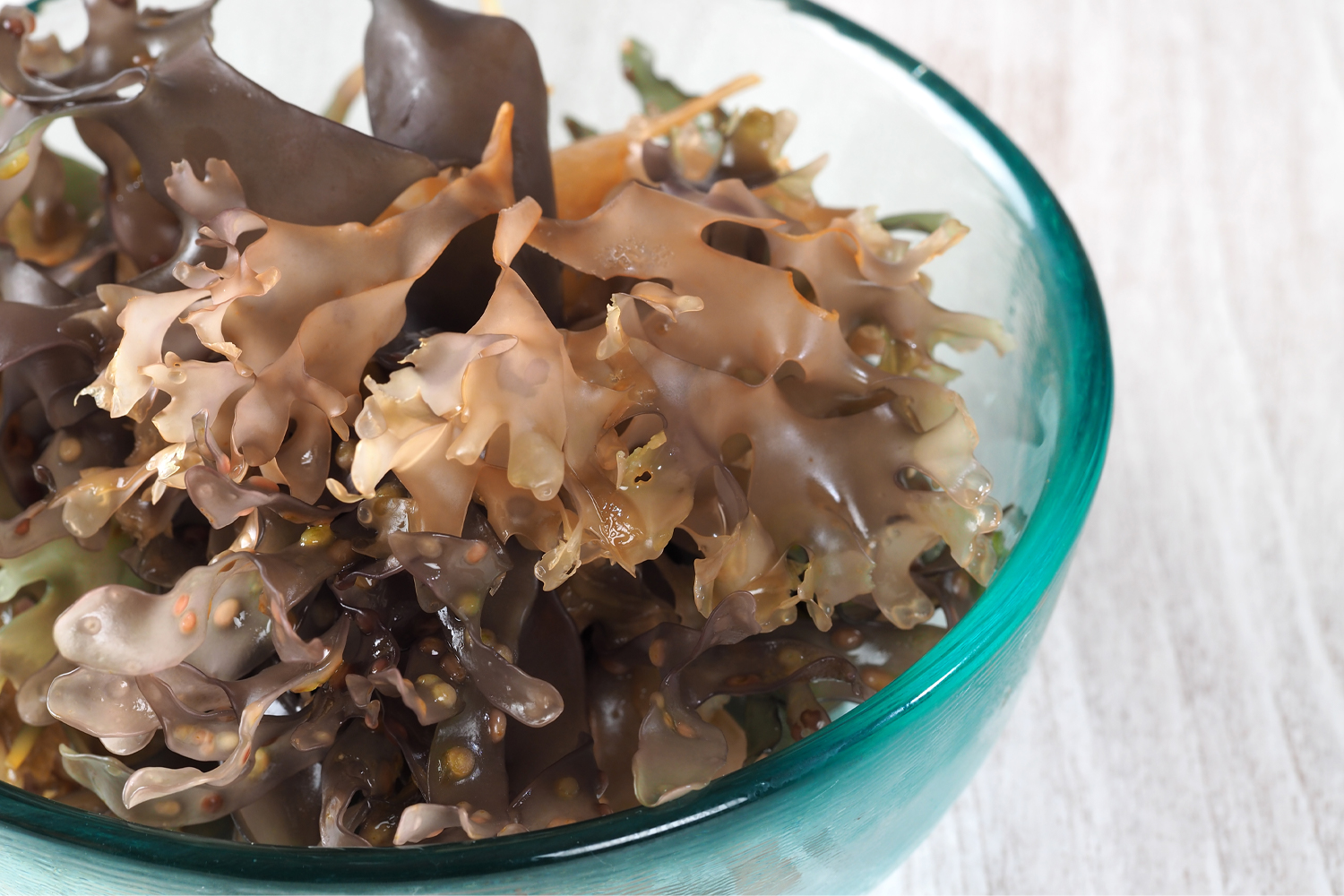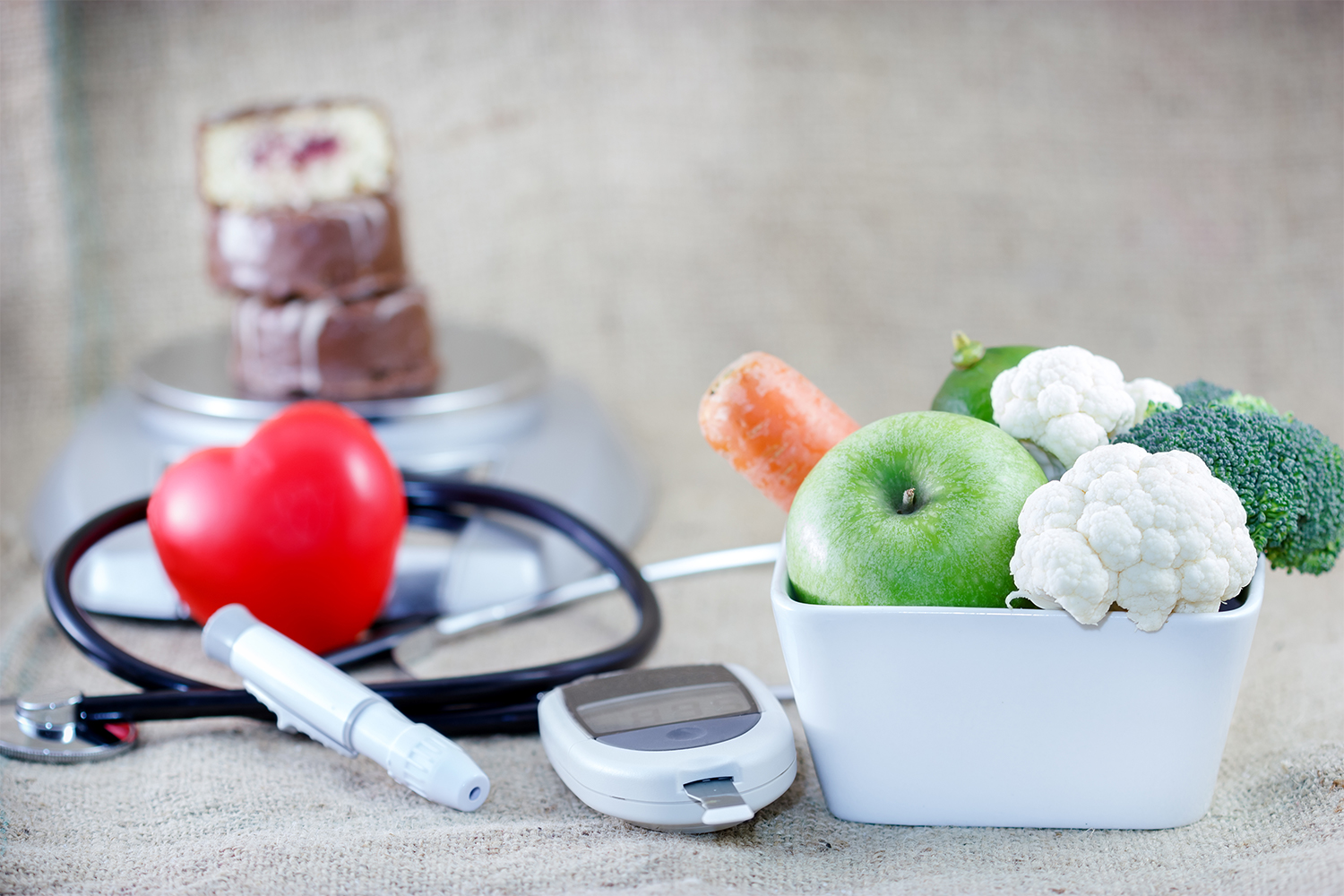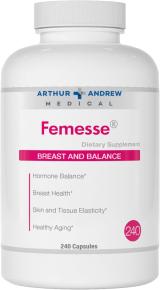Feed your brain and your mitochondria. That’s the premise of the Wahls Protocol, a diet and lifestyle-change regimen developed by a doctor who used it to dramatically improve her own multiple sclerosis symptoms.
Terry Wahls, MD, was diagnosed with the chronic condition 10 years after experiencing initial symptoms. Despite the standard medical treatment, she quickly declined, and within three years she needed to use a wheelchair.
What is The Wahls Protocol?
The Wahls Protocol is a combination of a modified Paleo diet, wellness routines, and exercise. The diet is intended to target brain and mitochondrial functions.
What's the Difference Between Wahls Protocol and Paleo?
The Wahls Protocol diet includes considerably more plant-based foods and protein from a range of sources including wild salmon and trout and grass-fed meats—bison, lamb, pork, and beef.
How Was The Wahls Protocol Developed?
An athlete in college, Dr. Wahls began to research nutrition, focusing on cells and the mitochondria within cells that break down nutrients into energy. As she writes in The Wahls Protocol: A Radical New Way to Treat All Chronic Autoimmune Conditions Using Paleo Principles, “the root of optimal health begins with taking away the things that harm and confuse our cells while providing the body with the right environment in which to thrive.”
A long-time vegetarian, she began by adopting the paleo diet. But with her disease still progressing, she modified the paleo plan. The protocol, which also features therapies like stress management, relaxation, and exercise, got Dr. Wahls off four wheels and onto two: She now rides her bicycle to work every day at the University of Iowa.
What's In The Wahls Protocol Diet?
The Wahls Protocol features meat and fish, lots of vegetables (with an emphasis on the green, leafy variety), brightly colored fruit, and animal and plant fats, particularly omega 3s. Skip the dairy products, eggs, grains like wheat, rice, and oatmeal, beans and lentils, sugar, and nightshade vegetables—tomatoes, eggplant, potatoes, pepper, and others.
Foods in The Wahls Diet
Here are some basics to plan your meals and snacks around:
-
Dark, Leafy Greens
Think three cups a day of spinach, kale, beet greens, radish greens, and bok choy. Your brain and your cell function will appreciate all the B vitamins you’re getting, and you’ll get vitamins A, C, and K as well.
-
Vegetables Rich in Sulfur
Both brain and mitochondria need sulfur to flourish. You can get it in broccoli, cauliflower, and other cruciferous veggies, and also in mushrooms, onions, cabbage, and in garlic, which is a superstar when it comes to sulfur content.
-
Colorful Fruits and Veggies
Antioxidants are essential in protecting brain and mitochondria growth, and they’re anti-inflammatory, meaning they can help prevent or reduce the symptoms of autoimmune disorders. In the fruit and vegetable category, the richer the color, the more antioxidants. Carrots, beets, spinach, red, green, and yellow bell peppers, kale, purple cabbage, and broccoli fill the bill for veggies. Antioxidant-rich (and colorful) fruits include blueberries, cranberries, strawberries, peaches, and blackberries.
-
Grass-Fed Meats and Fatty Fish
When it comes to getting the right balance of omega fatty acids, the key, for most people, is to up the omega 3s and reduce the omega 6s. That means cutting way back on omega 6–heavy processed foods, and increasing the amount of omega-3–rich wild salmon, grass-fed beef, sardines, walnuts, and flaxseeds in your diet.
-
Iodine
It’s essential to the growth of brain cells, but up to 75 percent of adults don’t get enough iodine. Worse yet, iodine deficiency is connected to obesity, heart disease, cancer, and cognitive impairment. To be sure you get enough, include in your diet sea vegetables (seaweed, kelp, arame, kombu), iodized salt, meats, and cranberries.
Following the Diet
To be sure you get sufficient nutrients and calories, check in with your healthcare practitioner before you embark on the Wahls Protocol diet. You may want to consider working with a dietitian to come up with a plan that meets your particular needs.
For specific guidelines, check out Dr. Wahls’s books and her website at TerryWahls.com.
Does The Wahls Protocol Work?
There is anecdotal evidence, including Dr. Wahls’s own story, showing that the Wahls Protocol, including the diet and other therapies, can be helpful in alleviating symptoms of MS and other chronic diseases. A 2014 pilot study found “significant improvement in fatigue” in participants, and recommended further study, which is currently under way by Dr. Wahls and others.





















